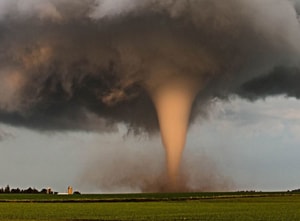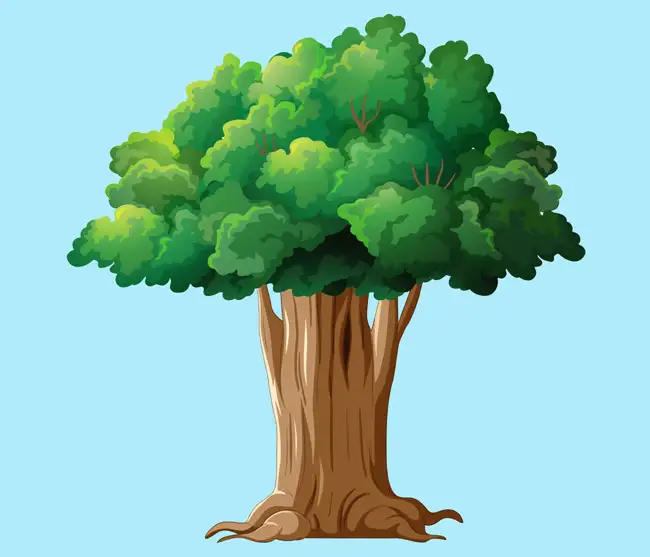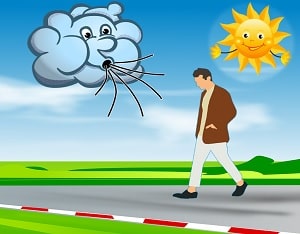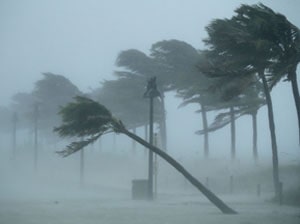Practice Reading & Listening on Tornadoes Practice Reading & Listening on Tornadoes for IELTS & TOEFL with illustrated flashcards, a podcast as a documentary from National Geographic YouTube Channel and text-to-speech https://www.youtube.com/watch?v=aacHWoB7cmY&t=161s The beginning of tornadoes They begin life as ghosts, gently coursing through a solitary existence, but slowly, their gentility turns to rage. They grow larger and larger, curling and twisting, and desperately reaching down from the sky. And what began as an invisible shade is turned into a monster. What are tornadoes? Tornadoes are powerful spinning columns of air that stretch from the ground to the clouds. Most ...
Home » English Documentaries with Transcript » Practice Reading & Listening on Tornadoes for IELTS & TOEFL

Practice Reading & Listening on Tornadoes for IELTS & TOEFL
Updated: by Dr. Mohammad Hossein Hariri Asl
Time to Read: 5 minutes | 422 Views | 6 Comments on Practice Reading & Listening on Tornadoes for IELTS & TOEFL
Share This Post
About the Author
Dr. Mohammad Hossein Hariri Asl is an English and Persian instructor, educator, researcher, inventor, published author, blogger, SEO expert, website developer, entrepreneur, and the creator of LELB Society. He's got a PhD in TEFL (Teaching English as a Foreign Language).
Number of Posts: 4239



Fortunately Tornadoes do not happen in our country. Such a big natural disaster that can cause too much casualties is better to not happen at all. I do not know whether it will be possible in future to prevent formation of tornado or not but at least forecasting its possibility help to decrease its catastrophic results as mentioned in the documentary.
* too many casualties
* it’s better for this not to happen (the verb, happen, needs a subject)
* to prevent the formation of tornadoes
* forecasting their possibility helps …
Tornadoes are one the dangers things in the world just imagine one of them got you on its own hands it well kill you really badly.
Tornadoes are one the dangers things = Tornadoes are one of the most dangerous things
This documentary was longer and more detailed than the other documentaries that we have read. Tornadoes can be sometimes truly perilous and fatal, fortunately we have never experienced one in our neighborhood.
You’re right, Armaghan. This documentary on tornadoes was more elaborate compared to the previous documentaries.